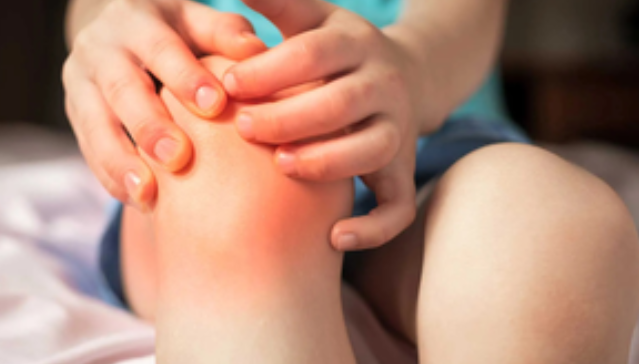Health
Girls more affected by juvenile idiopathic arthritis than boys: Experts

New Delhi, July 23
Girls are more affected by juvenile idiopathic arthritis than boys, said experts on Monday highlighting the need for recognising the symptoms early.
Juvenile Idiopathic Arthritis (JIA) is a chronic condition affecting children under 16, characterised by persistent joint inflammation, pain, swelling, and stiffness. The exact causes of JIA are unknown, but it is believed to result from a combination of genetic and environmental factors.
Dr Debashish Chanda - Orthopaedics & Joint Replacement Specialist, CK Birla Hospital, Gurugram, said that there was no fixed cause on what triggers JIA, but it would not be completely irresponsible to rule out genetic and environmental causes, but it is a disease that occurs more in girls as compared to boys.
“Children with a family history of arthritis or autoimmune diseases are at higher risk, with girls being more frequently affected than boys. Certain bacterial or viral infections might also trigger JIA in genetically predisposed children,” he told IANS.
While symptoms of JIA vary, it includes joint discomfort or swelling, persistent pain, fever, rash, fatigue, loss of appetite, and morning stiffness.
Unlike adult arthritis, which is often due to joint cartilage degeneration, JIA is primarily an autoimmune condition with systemic symptoms like fever and rash.
Dr Sanjeev Kapoor, Sr. Consultant Rheumatology at the Indian Spinal Injuries Centre, said, “JIA is the most common paediatric rheumatological disorder, affecting an estimated 350,000 to 1.3 million children in India. There are five types of JIA: systemic arthritis, which affects boys and girls equally; oligoarthritis and polyarthritis, more common in girls; enthesitis-related arthritis, mainly in boys older than 8 years and psoriatic arthritis,” he told IANS.
JIA can also impact a child’s growth and development if not properly managed.
“Recognising these symptoms early is crucial,” Dr Kapoor noted. “Treatment aims to relieve pain, reduce inflammation, and improve the quality of life. Medications such as nonsteroidal anti-inflammatory drugs (NSAIDs), disease-modifying antirheumatic drugs (DMARDs), and biological agents are commonly prescribed to manage symptoms and prevent joint damage.
The expert also stressed physical therapy and regular exercise to maintain joint function and muscle strength. In severe cases, surgical intervention may be necessary to correct joint deformities or replace damaged joints.



































